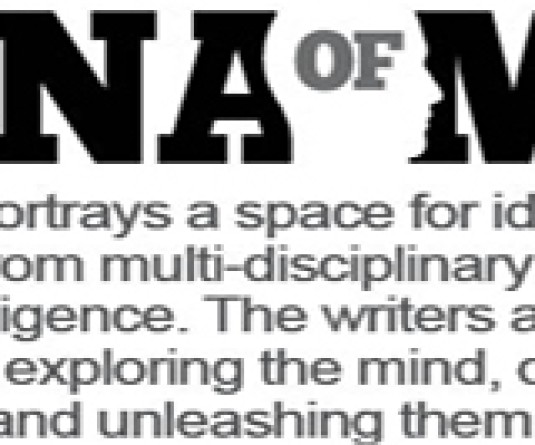
Adam Smith, the Father of Economics in his book, “The Wealth of Nations” states that an individual engaged in economic activity, striving for individual gain unintentionally ends up doing good for the society altogether. He calls this the working of The Invisible Hand. This idea is still relevant and very practical in today’s day and age.
To cut it short, entrepreneurial activity is crucial for not only development of self but also the greater whole. Often the term economic growth and economic development are used synonymously but there is an important distinction that needs to be understood
- Economic growth means an increase in real national income / national output.
- Economic development means increase in real national income / national output but also an improvement in quality of life and living standards, e.g. measures of literacy, life-expectancy and health care.
So, economic development is a much more desired state to achieve than economic growth. One of the important roles that an entrepreneur plays is inducing economic development through his/her entrepreneurial activity. States that have attained high rate of growth and development can be attributed to the existence of high levels of entrepreneurial activity.
Nagaland is a state blessed with immense natural resources that can be harnessed for its growth and development. And with a literacy rate of 80.11% as per 2011 census, we certainly have the human resource to take advantage of the resources that is available. But still Nagaland is characterised by high level of unemployment and thereby contributing to the underdevelopment of the region. This inability to harness the potential may be due to the lack of know-how or skill of the human resource.
If we look at the government sector to absorb the educated-unemployed, it reflects an even dismal picture. Our government offices are over-staffed and there is the under the table and back door facilities which not everyone has access to. So what do we do then? What will be the possible way to over come the situation where we find ourselves in? Well, if you ask me I think its time for us to pick ourselves up and be the solution to the problem. It is time we rekindle and redirect our Naga warrior spirit, which we are so proud of.
A well known behavioral scientist, David McClelland of Harvard University made an interesting investigation into why certain societies displayed great creative powers at particular periods of their history? What was the cause of these creative burst of energy?
He found out that “the need for achievement” (n’ach factor) was the answer to this question. It was the need to achieve that motivated people to work hard. According to him, money making was incidental. It was only a measure of achievement, not its motivation.
In order to answer the next question whether this need for achievement could be induced, he conducted a five-year experimental study in one of the prosperous districts of Andhra Pradesh in India with the help of Small Industries Extension and Training institute (SEIT), Hyderabad.
His experiment is popularly known as ‘Kakinada Experiment’ (1964). Under this experiment, young people were selected and put through a three-month training programme and were motivated to develop fresh goals.
The entrepreneurs posses certain traits or competences which form the underlying characteristic of the entrepreneur that results in superior performance.
The crucial question arises: whether these characteristics are in born in the entrepreneurs or can it be induced and developed?
One of the significant conclusions of the experiment was that traditional beliefs did not seem to inhibit an entrepreneur and that suitable training can provide the necessary motivation to the entrepreneurs.
The Kakinada experiment could be treated as a precursor to the present day Entrepreneurship Development Programmes (EDPs) inputs on behavioral aspect.
Offcourse every region has it respective set of problems and we have our own unique set of complications which we have often dragged as an excuse for our inactivity but at the same time we have also witnessed success for those who actually dared to face the problem and find a solution through it. We have for too long sat on the problem and made it too comfortable and over glorified it on a pedestal which has been very taxing to say the least.
The education system here has to be the backbone to make the difference in our society. The course curriculum also has to change from just theoretical aspect to more practical and skill oriented content. Vocational education is the need of the hour. Vocational Education is also known as Career and Technical Education (CTE) or Technical and Vocational Education and Training (TVET). It prepares people for specific trades, crafts and careers at various levels in all spheres of life. It is sometimes referred as technical education because the trainee directly develops expertise in a specific of area techniques. Vocational education is related to the age-old apprenticeship system of learning.
The Vocational Training in India is imparted by mainly two types of bodies:
- Public Industrial Training Institutes (ITIs)
- Private owned Industrial Training Centres (ITCs)
The Indian Government has invested a lot for the development of skills through ITIs.
Entrepreneurship in this regard is not only an art but also a science. It can be induced as proven by the Kakinada experiment. And therefore effort has to be made in order to facilitate growth of entrepreneurs.
Through all these initiatives, changes are visible and its encouraging to see people taking the leap of faith and being the difference that can spark the light of change and not only that but be and agent to spread the light.
Imtipong Longkumer, Asst. Professor, BBA Department, St. Joseph’s College, Jakhama.






